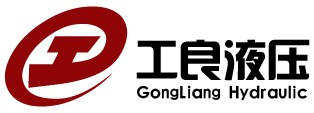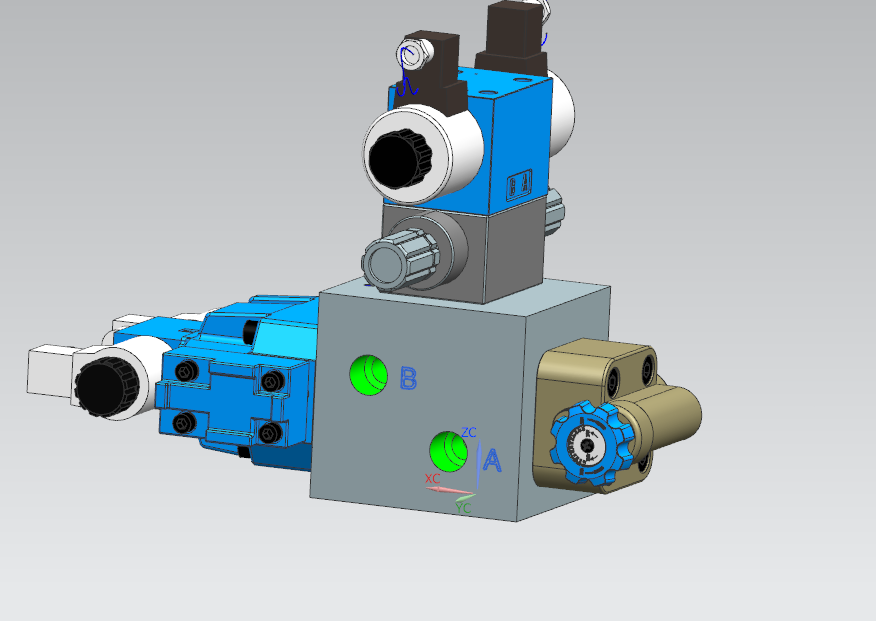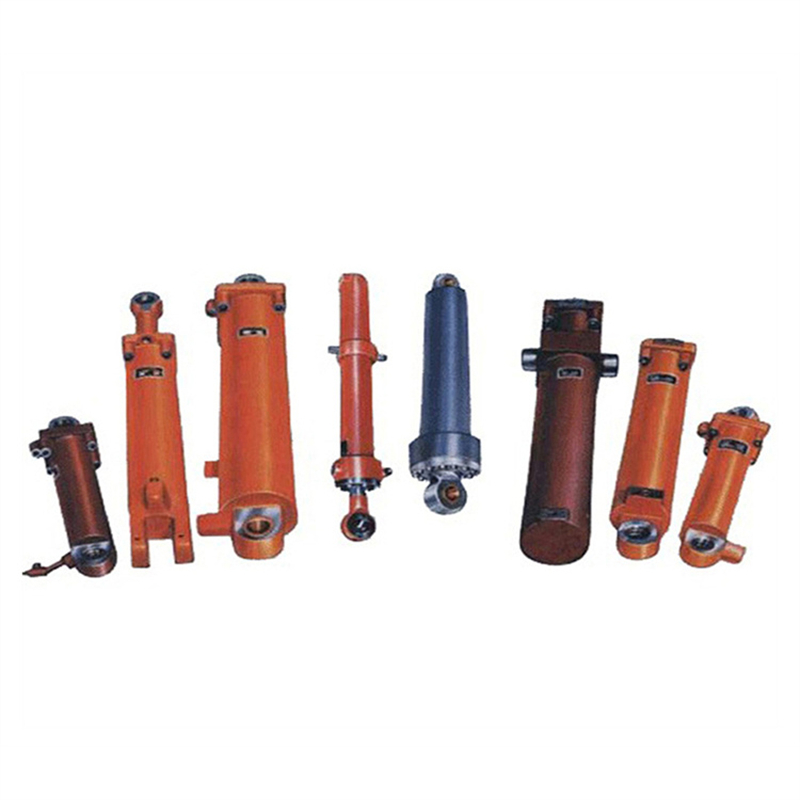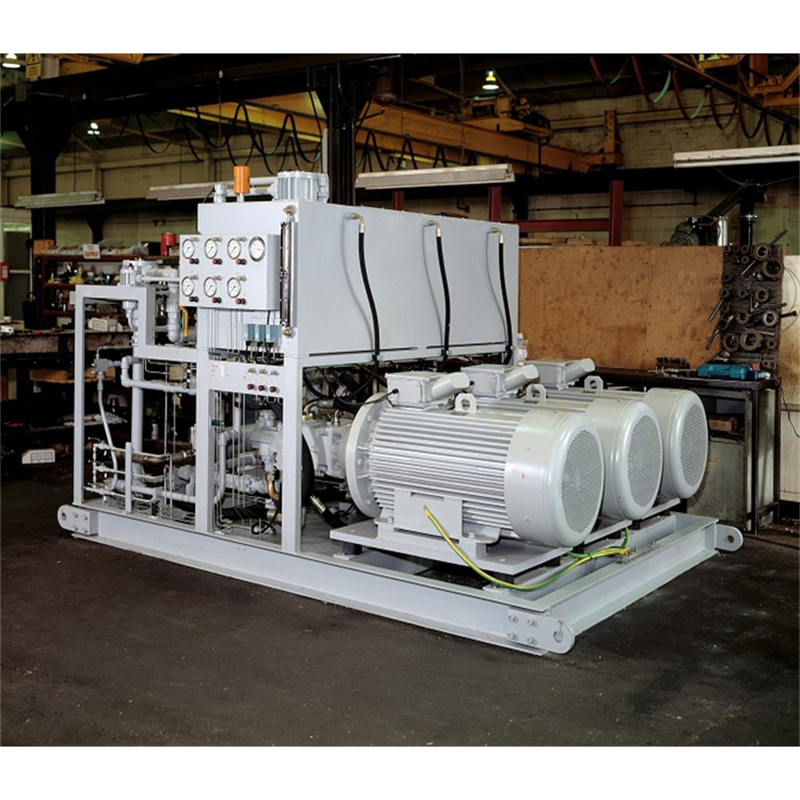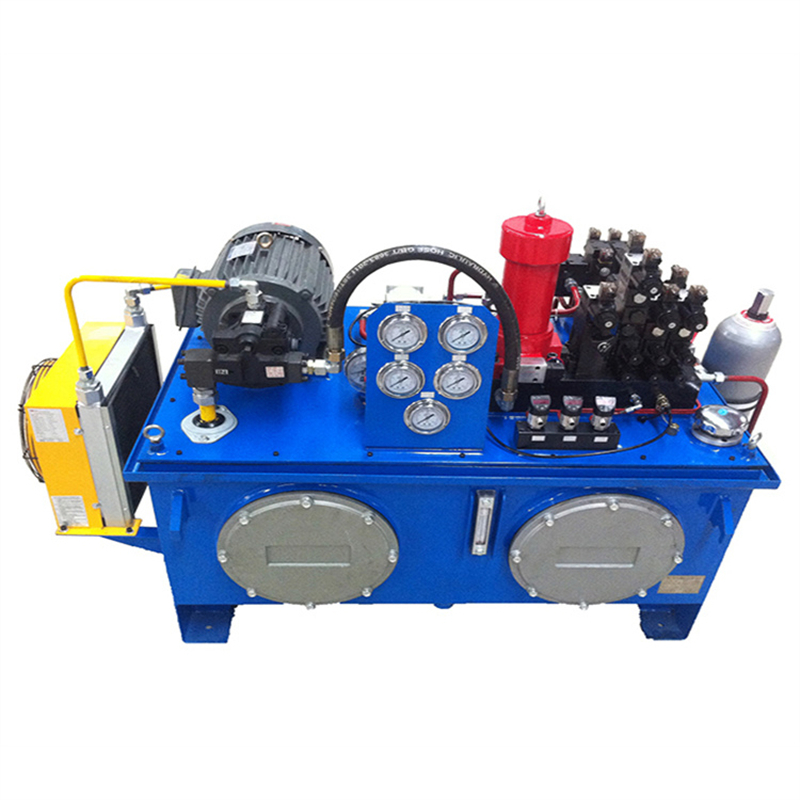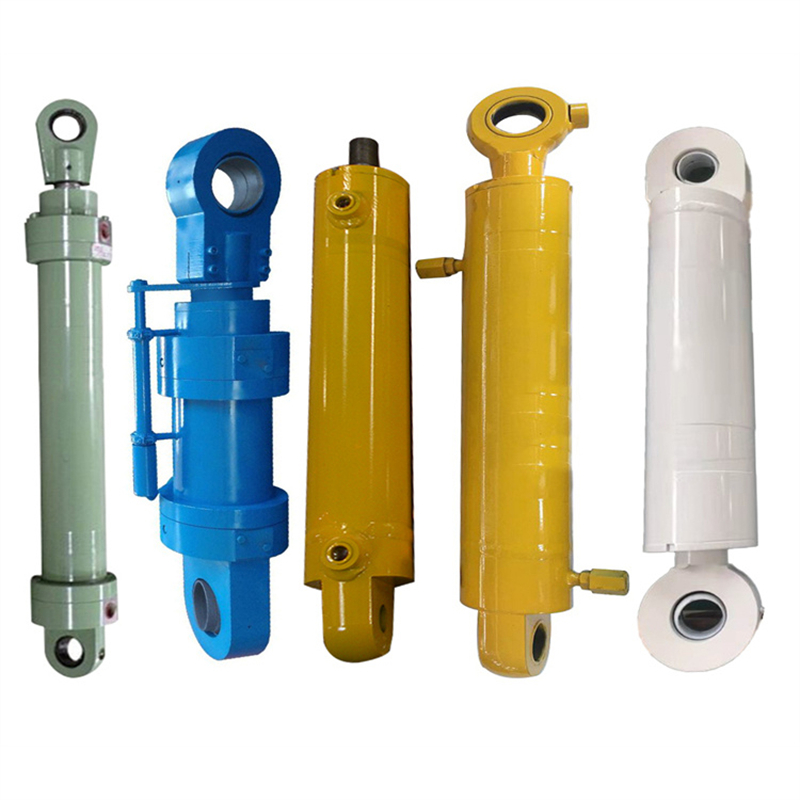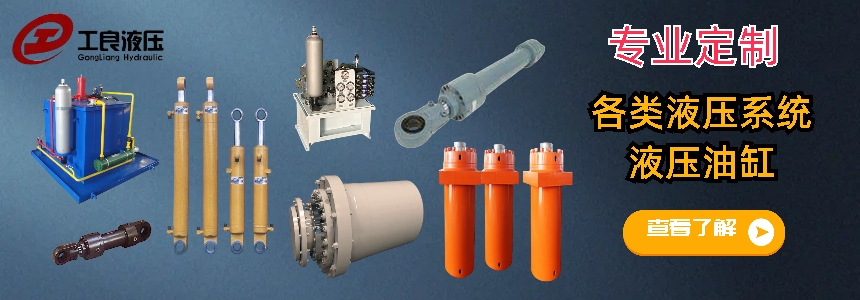Title: Aircraft Hydraulic Systems: An Overview
Abstract:
This paper provides an overview of aircraft hydraulic systems, which play a crucial role in the operation of modern aircraft. The purpose of this paper is to explore the key components, functions, and advantages of hydraulic systems in aircraft. Additionally, the paper discusses the challenges and future developments in aircraft hydraulic systems. The information presented in this paper is based on a comprehensive review of relevant literature and research studies.
1. Introduction
Aircraft hydraulic systems are essential for the safe and efficient operation of aircraft. These systems use fluid power to transmit and control forces, allowing for the operation of various aircraft components. This paper aims to provide a comprehensive understanding of aircraft hydraulic systems, including their components, functions, and advantages.
2. Components of Aircraft Hydraulic Systems
2.1 Hydraulic Fluid
Hydraulic fluid is a key component of aircraft hydraulic systems. It serves as a medium for transmitting power and lubricating the system's components. The selection of hydraulic fluid is critical to ensure optimal system performance and reliability.
2.2 Hydraulic Pump
The hydraulic pump is responsible for generating the necessary pressure to move the hydraulic fluid through the system. It converts mechanical energy into hydraulic energy, providing the power required for the operation of various aircraft components.
2.3 Hydraulic Actuators
Hydraulic actuators are devices that convert hydraulic energy into mechanical energy. They are used to control the movement of aircraft control surfaces, landing gear, and other critical components. Common types of hydraulic actuators include cylinders, motors, and rotary actuators.
2.4 Control Valves
Control valves regulate the flow and pressure of hydraulic fluid within the system. They play a crucial role in controlling the movement and operation of various aircraft components. Control valves can be manually operated or electronically controlled, depending on the specific application.
3. Functions of Aircraft Hydraulic Systems
3.1 Flight Control
Aircraft hydraulic systems are primarily used for flight control, allowing pilots to maneuver the aircraft safely and efficiently. Hydraulic actuators control the movement of control surfaces, such as ailerons, elevators, and rudders, enabling the pilot to control the aircraft's attitude and direction.
3.2 Landing Gear
Hydraulic systems are also responsible for the operation of the landing gear. Hydraulic actuators extend and retract the landing gear, ensuring a smooth and safe landing and takeoff.
3.3 Braking System
Aircraft hydraulic systems play a crucial role in the braking system. Hydraulic pressure is used to engage and disengage the brakes, providing the necessary stopping power during landing and taxiing.
4. Advantages of Aircraft Hydraulic Systems
4.1 High Power Density
Hydraulic systems offer high power density, allowing for the transmission of large forces with relatively small components. This makes hydraulic systems ideal for applications that require high power output, such as flight control and landing gear operation.
4.2 Reliability
Aircraft hydraulic systems are known for their reliability and durability. They are designed to withstand extreme conditions, including high temperatures and pressures, ensuring the safe operation of the aircraft.
4.3 Redundancy
Hydraulic systems often incorporate redundancy, with multiple hydraulic circuits and components. This redundancy ensures that even if one circuit or component fails, the system can still operate safely and efficiently.
5. Challenges and Future Developments
Despite their numerous advantages, aircraft hydraulic systems face challenges, such as weight and maintenance requirements. As a result, there is a growing interest in the development of alternative technologies, such as electric actuation systems. These systems offer potential benefits, including reduced weight, increased efficiency, and improved reliability.
6. Conclusion
Aircraft hydraulic systems are critical for the safe and efficient operation of modern aircraft. They provide the necessary power and control for flight control, landing gear operation, and braking. While hydraulic systems have been widely used for decades, there is a growing interest in alternative technologies that offer potential improvements in weight, efficiency, and reliability. Further research and development are needed to address the challenges and explore the future possibilities of aircraft hydraulic systems.
